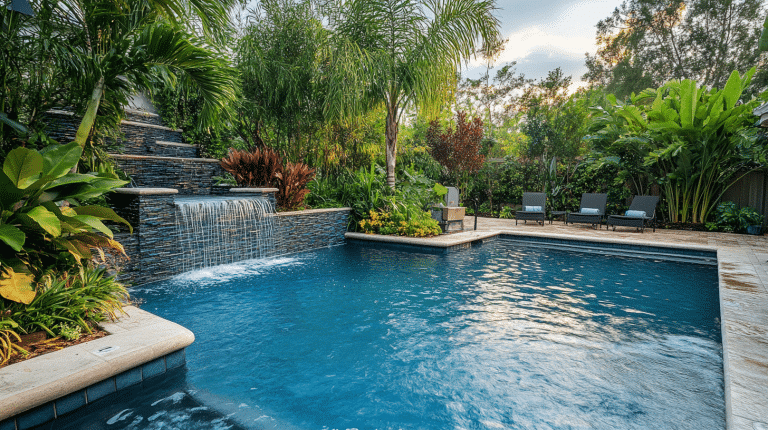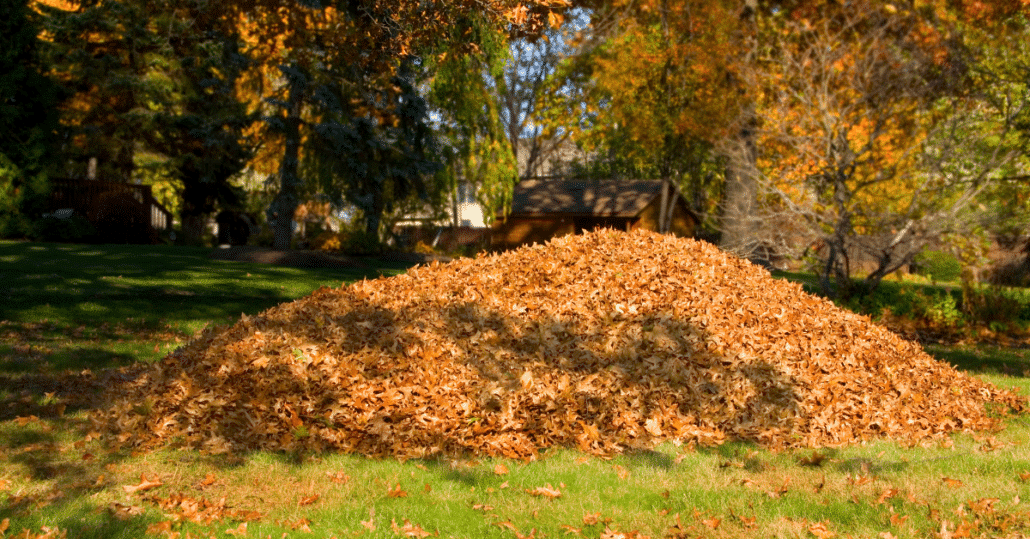With the incoming monsoon season, pool and landscape maintenance becomes a challenging task. The monsoon season brings long-lasting rain, winds, and, at times, dangerous dust storms, which harm outdoor pools and landscapes.
Moreover, monsoon weather is highly unpredictable, and one cannot predict when it starts to drizzle. You could have spent an entire day cleaning your pool and trimming the outdoor bushes, only to see your efforts go to waste with a sudden thunderstorm.
It makes pool and landscape maintenance tiring, but that doesn’t mean it’s impossible. Here are a few tips to ensure your outdoor area remains clean and up-to-the-mark.
Hire Professionals to Assess your Pool
With all the storms and winds, your pool might sustain some damage that you may not be able to detect. The best solution is to hire a professional to check for any problems. A skilled pool expert can not only ensure your pool stays in top shape but also offer creative pool landscaping ideas to enhance its overall appeal.
According to professionals at Leak Science, ‘A reputable leak detection company can quickly locate any damage incurred by the pool after a heavy storm. These technicians can even identify structural damages, making them an ideal choice for every pool owner.’
You could also ask them to guide you on possible solutions. So, once the storm settles, call a professional to your home to have your pool checked and ensure you’re on the safe side. If you don’t address the damage, the problems might escalate.
Remove Debris as Soon as Possible
A heavy shower can create a mess in your backyard, leaving fallen trees and trash everywhere. Clearing this debris as soon as possible is essential.
Leaving debris around not only makes your garden area look dirty, but it can also get stuck in pipes or in your pool. The safest approach is to remove the debris before another storm hits.
Think of Adding Pool Covers
Another effective tip for maintaining outdoor pools is to cover them with sheets. Whether it’s a drizzle or a heavy storm, covering your pool is highly recommended. This will prevent rainwater and debris from falling into the pool, reducing the risk of clogs.
Additionally, when the pool is completely covered, the chlorine levels won’t degrade as quickly. This means you won’t need to use extra chlorine, saving you both time and money.
However, be sure to handle the cover carefully when removing it. There will likely be a significant amount of debris on the sheet, which could end up in the water if you’re not cautious.
Trim Trees and Bushes in Advance
Trees and bushes have tons of dead leaves and dry branches that could easily fall off due to excessive wind pressure. Now, with monsoon season around, there is a high chance that you will experience a few storms.
In such circumstances, the winds might cause these dead leaves and branches to scatter around your lawn, and enter the nearby pool. The only way out is to trim trees and bushes and keep a check on their growth. The more well-maintained the landscape of your home, the higher the chances of it withstanding all the heavy winds and rain.
Give Some Extra Chlorine to Your Pool
Every experienced pool owner knows that chlorine is the key chemical to keep their pool safe from viruses and bacteria. It also helps ensure your swimming experience is safe. However, what you may not know is that after a heavy storm, the chlorine level in your pool significantly drops.
Therefore, it’s necessary to treat your pool with extra chlorine every time there is heavy rain. The additional chlorine helps kill all unwanted germs and bacteria in the pool and prevents algae from settling at the base.
During the monsoon season, you will experience frequent showers, so you will need to add the chemical more than once every few days. The extra chlorine helps treat the pool, leaving you with crystal-clear water. Most importantly, ensure that the water level remains balanced. Water chemistry is a matter of grave concern when it comes to pool safety.
Unclog Drains
With the monsoon season in full swing, fallen branches and leaves might get stuck into drains, and if that happens, the drainage systems won’t work to their fullest potential. These twigs and branches might even end up in the pool, clogging it in the process.
Therefore, clean drains regularly to avoid blockages. Thoroughly inspect the pool area and drains in every corner and remove everything from debris to leaves and other obstacles. If possible, regularly wash and disassemble your pool filters to minimize the accumulation of dirt and debris.
Sometimes, blocked drains can cause damage to your home, and the best solution is a timely inspection.
Conclusion
Having a massive pool and luscious green trees in your backyard is a sight to behold, but maintaining these structures is difficult during the monsoon season. The above-given tips are the best options for every homeowner. No matter what the size of your pool and lawn, using these tips, you can protect it from harm at all times.











